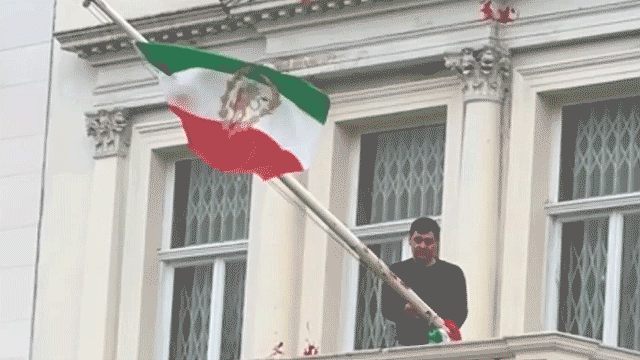Headless body found identified as journalist Kim Wall
Copenhagen police searching for Kim Wall say the headless, limbless body found in the Baltic Sea belongs to the slain journalist. The latest in this mysterious case
In August, 30-year-old Swedish reporter Kim Wall stepped aboard the UC3 Nautilus, a 58-foot submarine built by Danish inventor Peter Madsen and was never seen alive again.
On April 25, Madsen was sentenced to life in prison for her murder.
Wall, who had plans to move to Beijing with her boyfriend, skipped her going-away party to interview the well-known engineer and entrepreneur for a story.
Shortly after stepping onto the submarine, Wall disappeared and Madsen, the subject of her interview, soon became her suspected killer.
Police believe Madsen intentionally sank the submarine the day after Wall accompanied him on the vessel. He initially told police Wall disembarked on an island near Copenhagen hours after their trip began. But he later changed his story, claiming that she died during an onboard accident and he had “buried her at sea.”
Wall’s body was later found dismembered — her naked torso washed up on the coast of southern Copenhagen. The torso had been repeatedly stabbed, both in and around the genitalia, police said, adding that a heavy metal object was used in an attempt to sink it to the ocean floor.

Kim Wall, left and Peter Madsen, right. (Reuters)
Divers found Wall’s head, legs and clothes in bags in Koege Bay near Copenhagen on October 7, two months after her death. Her arms were found at a later date.
"We found a bag with Kim Wall's clothing; shirt, skirt, socks and shoes, and also a knife and lead pieces weighing them down," Copenhagen police investigator Jens Moeller Jensen said at the time. "Around noon we found a leg, then another leg, and shortly thereafter we found a head, also in a bag weighted down by several metal pieces."
Madsen denied the murder, but did admit to throwing Wall's body parts into the sea.
Prosecutors said Madsen tied up and tortured Wall before he either cut her throat or strangled her during the trip on his private submarine.
Days before he met Wall, Madsen allegedly texted an ex-lover that he had “a murder plan ready in the submarine.”
Madsen was charged with murder, dismemberment and indecent handling of a corpse. His trial began in Copenhagen on March 8. He pleaded not guilty to murdering Wall.
On March 21, Madsen allegedly admitted to stabbing the journalist, though it was after she was already dead, he said. The purpose, he reportedly said, was to prevent gasses from being trapped inside her body so it would sink when dropped into the ocean.
Here’s what you need to know about Madsen.
Early life

Peter Madsen has been charged with murder, dismemberment and indecent handling of a corpse. (Reuters)
Born in 1971, Madsen grew up in a town near Copenhagen. His mother, Annie, had three sons from two previous marriages, according to Wired. When Madsen was six-years-old, his mother left with her three other children — leaving Madsen behind with his father, Carl.
Madsen’s father, who owned a pub, was allegedly abusive, Madsen once told a biographer (though his father was allegedly only abusive toward his three stepsons, Wired reported).
Madsen became interested in science at a young age; his father, who died when Madsen was 18, sparked his son’s interest in rockets, according to Wired.
After dropping out of various apprenticeships, Madsen focused on building submarines and rockets.
A career in science
Madsen co-founded Copenhagen Suborbitals in 2008. The organization is the “world’s only manned, amateur space program,” according to its website. The program is funded by “fans and supporters.”
One volunteer at the organization told Wired Madsen “would behave like a child who just lost his toy or dropped his ice cream or something” when he was angry, adding that he would occasionally throw hammers and other tools.
Madsen also co-founded Rocket-Madsens Space Laboratory, a space exploration company that also receives its fundings through donations, according to the BBC.
Both organizations are attempting to be the first non-government, volunteer-based groups to send someone to space, the BBC reported.
Amateur submariner
In addition to the UC3 Nautilus, Madsen also built submarines UC2 Kraka and UC1 Freya.
The UC3, which Madsen reportedly created with a submarine club called Freya, is the largest privately built submariner in the world, he once told a Danish publication.
Fox News’ Travis Fedschun and The Associated Press contributed to this report.








































